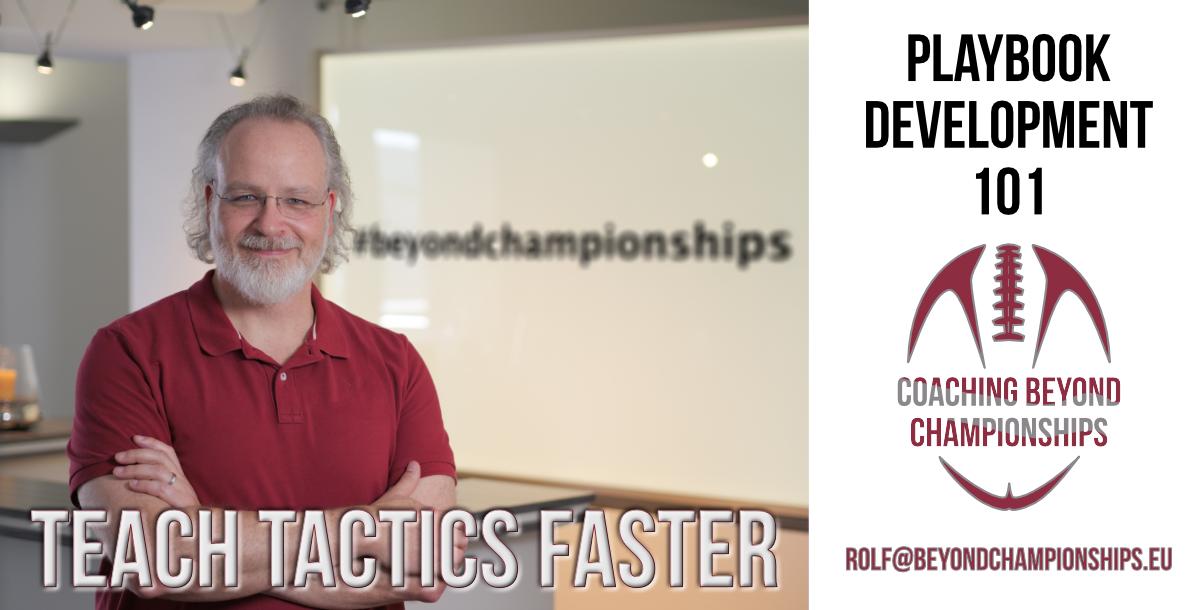It helps a lot to think as if you were the coach of your opponents. Here are the key questions to answer:
What type of athletes do they have, and what are their abilities?
Is there a basic “theme” in their play, like “they often play roll coverage”?
What are the key concepts they use, like “they overload zones a lot”?
Do they have “signature” plays they use for the majority of the game?
How do they adjust to certain formations / personnel sets / plays / down & distance?
Do they have to “hide” a certain player, or do they “showcase” one?
How do they try to achieve balance?
What might stop their momentum during a game?
What tempo do they run and how does that relate to the options in your tactical model?
In general, how does your tactical model fit your opponents? Revision is good.
At the youth level, it is difficult to answer these questions for every opponent. You often don’t know what the answers are this season. But coaches have tendencies, so it is often enough to get a general feel for opponents.
The most difficult opponents are those you meet for the first time. Even then, you can prepare a small number of concepts that allow you to make adjustments during the game.
1
2
3
4
5
6
7
8
9
10
11
12
Lesson 13:
How do I play to our opponent’s weaknesses?
14
15
16
17
18
19
20
21
22

Teach Tactics Faster with Playbooks Best practices for building your own playbooks from decades of experience Better playbooks, faster learning The tactical model of your team The skills of your athletes Efficient playbook creation process Effective communication to staff and team No-nonsense instructions for your own preparation FAQ Reading time: 20-30 mins 4000+ words, 190 paragraphs 5 illust...
